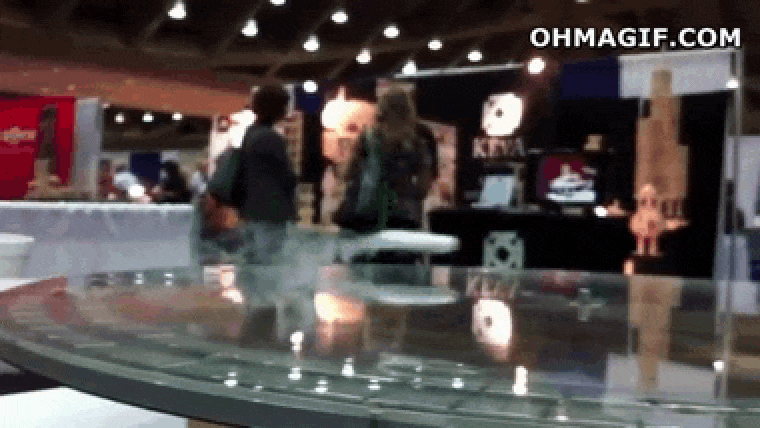Bryce talks about the holy grail: super batteries.
Question: Of all the proposals you’ve seen, which is the most promising?
Robert Bryce: Well, one of the ones in the near term if we are going to agree that carbon dioxide is bad, if policy makers are … think that we need to do some thing that global warming and that we have to recode our CO2 emissions then to me the only source that we have that’s available they can provide fairly large increments of new electric power and do so in a relatively short time in a relatively low cost and it is not cheap is nuclear power. Lot of environmentalist don’t like it but in fact it we are getting 20% of our electricity in US now from nuclear and I think that nuclear has to be part of mix going forward if CO2 emissions are going to be a prominent issue and it appears that they will be. I think natural gas is another option in terms of the power sector it is clearly it is being used a lot of I think it will be used more, but I am also a big fan of solar, because I have solar panels of my house, I think it a lot can be done there, but I think the key break through and is some thing I talked about in Gusher of Lies, is the need for super capacity batteries. That batteries are really the magic bullet, Thomas Edison try to come up with high capacity batteries, he experimented with lead acid batteries spin about $30 million of his own money that is in today’s dollars and spend a decade or more working on battery technology, he improved lead acid batteries, he improved alkaline, but he ultimately could not get the energy density that he wanted for delivery trucks and electric cars. Gasoline was just a little better fuel. But if you look at the market today for electric vehicles but more importantly I think for the stationary market if you had a super capacity battery that you can use in tandem with the solar panel or a wind turbine where you could store electricity so that you can use that electricity during the night, are when the wind wasn’t blowing, that is a huge deal, because they and those sources which are incurably intermittent suddenly become very viable. Further if you look at the big coal plants, during the day. Power demand on go lights, it goes up in the morning when people get up and go to work and falls during the day when they are gone and comes up again at night, when they come and turn on the air conditioner and turn on the television. If you had a battery that could feed power back into the grid you can level up that demand that demand curve and that would allow huge energy savings. So it is one of the ideas that I put forward is let’s set up a super battery price and trying to come up with some real innovation to store electricity.
Question: What is the limiting factor?
Robert Bryce: Well, I mean the clip answer is that electrons don’t like to slow down right, electricity moves to speed of light and get in a box is hard and that is the simplistic answer, it is not exactly how the electricity function works, but nevertheless it is battery technology is difficult. It is just inherently is difficult to get that kind of voltage that you need for a lot of electricity applications in a small amount of space, so battery density has always been a problem and lithium iron batteries particularly when compared to and I have a chart in my book lithium iron batteries are density is like this and compressed hydrogen, compressed natural gas ethanol and then gasoline and then they were above that is diesel fuel. So it has a very low energy density relative to the fuels particularly in the transportation sector that we are using right now and that’s why we don’t use it very much.
Question: What’s wrong with the other petroleum alternatives?
Robert Bryce: Sure, let me be clear about solar and wind are really alternatives to oil, because solar and wind generate electricity generally speaking solar some times used for hot water and other thing. But generally they are not at all used in the transportation sectors. So they don’t compete head to head with oil for electricity production. But the key problems as I had mentioned before it is intermittency, sun doesn’t shine at night, and wind doesn’t blow all the time, so I want many people, I like lights at night, I watch TV at night, if I had do largest on solar I have to have huge batteries in my house or let in the dark at night. The same with wind, wind doesn’t blow all the time in particular it doesn’t blow during the hottest days of the summer and so that is the problem because people like air conditioning on those hot days. So that is the key problem that followed and not far behind but the problem of energy density, you have to cover an enormous area with solar pounds or wind turbines to equal the kind of energy density that you get from a nuclear power plant or a coal fired power plant. Those phenol a fairly small foot print if you are going to get the same number of kilowatt hours of electricity generation you have to cover multiple square miles of area, in order to equal the energy concentration that you get from that coal and natural gas on nuclear power plant and land us in a premium. So people don’t want that now what of you disturbed that one what ever that toads or the rare species and I am not making a joke of it, but every thing has an impact there is no such thing as a free lunch.
Date Recorded:03/20/2008





